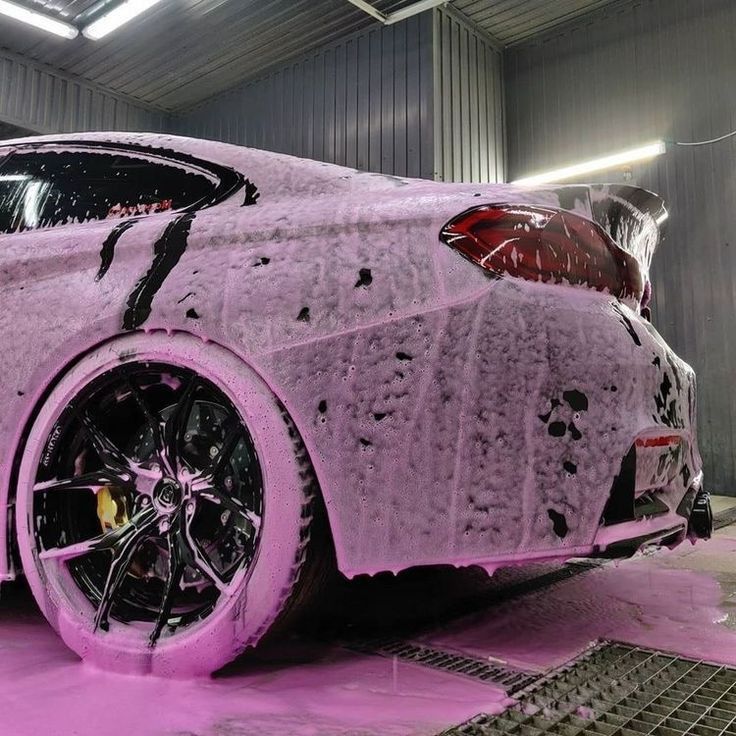The Dos and Don'ts of Pressure Washing: A Comprehensive Guide
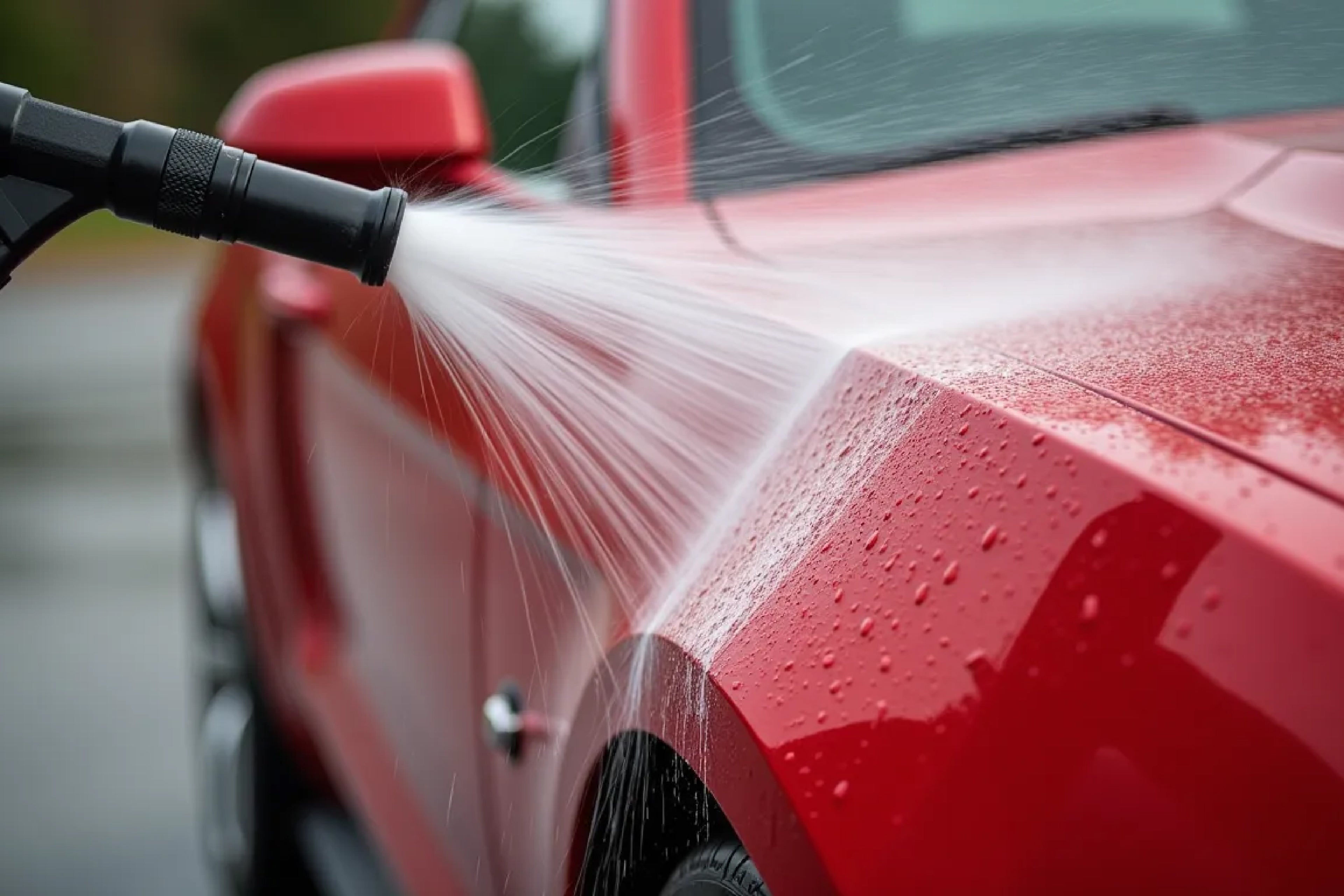
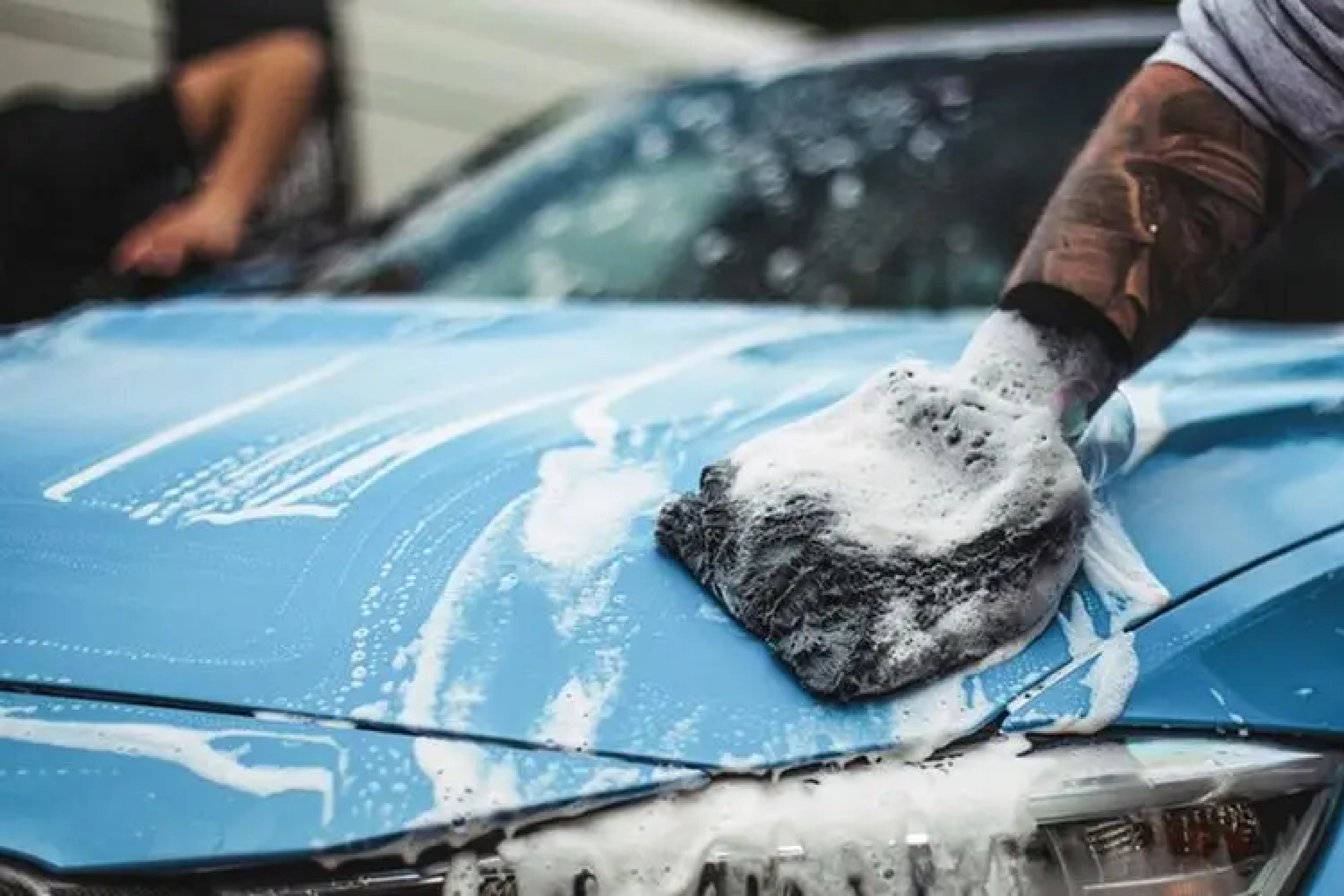
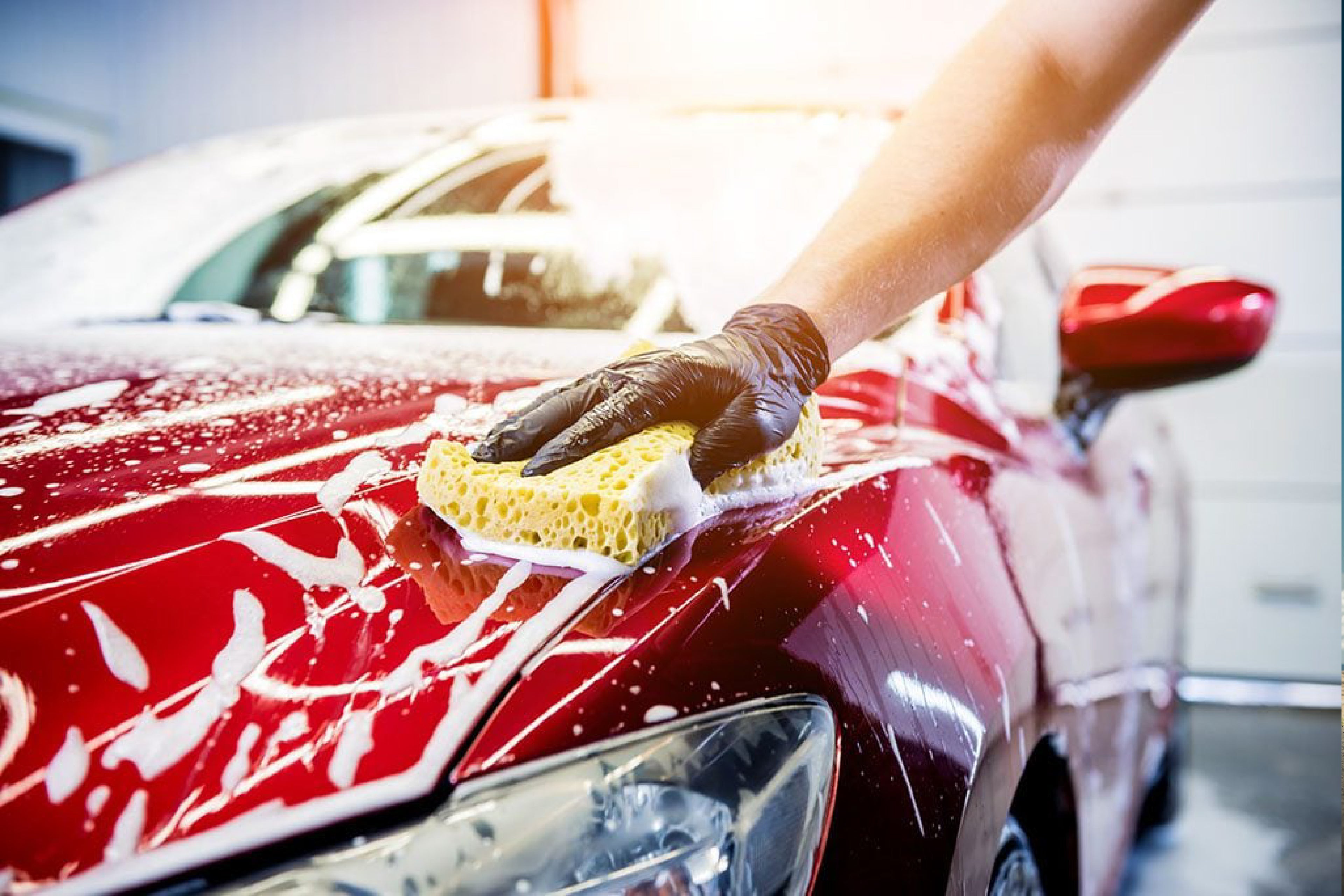
Pressure washing is a highly effective method for cleaning various surfaces around your home, business, or vehicle. From driveways to fences to house exteriors, pressure washing can significantly improve the look of your property while removing grime, dirt, and mildew. However, it’s essential to use this powerful tool properly to avoid causing damage or compromising the integrity of your surfaces.In this comprehensive guide, we’ll walk you through the dos and don’ts of pressure washing to help you achieve the best results while avoiding common mistakes. Whether you’re a beginner or an experienced user, these tips will help you pressure wash safely and effectively.
What is Pressure Washing?
Pressure washing, also known as power washing, involves using a high-pressure water spray to clean surfaces. This method is effective for removing dirt, mold, mildew, algae, oil stains, and other debris from various outdoor surfaces. The pressure is measured in PSI (pounds per square inch), and the type of surface you are cleaning will determine the appropriate PSI setting.
Pressure washers can be powered by electricity, gas, or even battery-operated systems, and they come with various nozzle attachments to modify the intensity and flow of the water.
The Dos of Pressure Washing
Before you begin pressure washing, it’s important to familiarize yourself with best practices. The following dos will help you pressure wash safely and effectively.
1. Do Test the Pressure Washer on a Small Area
Before applying pressure washing to your entire surface, always test the water pressure on a small, inconspicuous area. This ensures that the surface can handle the water pressure and helps you identify any potential damage before tackling the rest of the area.
Start with a lower pressure setting and increase the PSI gradually if necessary. The last thing you want is to damage the surface of your driveway, car, or deck due to excessive pressure.
2. Do Use the Right Nozzle
The nozzle you use significantly impacts the efficiency of your pressure washing. Different nozzles provide varying levels of pressure and spray patterns, so it’s essential to choose the right one for the task at hand.
• 0-degree nozzle: Provides the most concentrated stream of water, ideal for heavy-duty cleaning of tough stains (though it should be used with caution, as it can damage surfaces).
• 15-degree nozzle: Offers a wider spray pattern and works well for removing dirt from driveways and concrete surfaces.
• 25-degree nozzle: A versatile nozzle ideal for general cleaning, such as washing siding, cars, and patios.
• 40-degree nozzle: The widest spray pattern, perfect for delicate surfaces like windows, decks, or vehicles.
Make sure to adjust the nozzle to match the cleaning task you’re performing.
3. Do Keep a Safe Distance
When pressure washing, always maintain a safe distance from the surface. The closer you are, the greater the likelihood of damaging the surface, especially if it’s delicate or old. Maintain a distance of about 2–3 feet from surfaces such as siding or wood, and increase this distance for more sensitive areas like windows or painted surfaces.
A safe distance ensures you don’t apply too much pressure in one spot, which could lead to gouging, etching, or stripping paint.
4. Do Protect Yourself and Others
Pressure washing is a powerful and potentially hazardous activity. To protect yourself and others, always wear appropriate protective gear. This includes:
• Safety goggles: To protect your eyes from flying debris and high-pressure water.
• Waterproof gloves: To prevent cuts and blisters from high-pressure water and sharp objects.
• Sturdy footwear: Non-slip shoes will help you maintain good footing while operating the pressure washer.
• Ear protection: If you’re using a gas-powered pressure washer, ear protection is important due to the loud noise.
• Long pants and sleeves: To protect your skin from water, debris, and chemicals.
5. Do Use Detergents for Tough Stains
If you're dealing with particularly stubborn stains, using a detergent or cleaner can make a world of difference. Specialized pressure washer detergents are designed to break down grease, mold, and mildew. Be sure to choose a detergent that is suitable for the surface you’re cleaning, and always follow the manufacturer’s instructions for dilution.
Make sure to apply the detergent evenly before pressure washing to allow it time to work on the stains. After the detergent has been applied, rinse the area thoroughly with water to avoid residue build-up.
The Don’ts of Pressure Washing
While pressure washing can be an effective cleaning method, there are several key mistakes you should avoid to ensure the safety and longevity of your surfaces.
1. Don’t Use High Pressure on Delicate Surfaces
One of the biggest mistakes people make when pressure washing is using high pressure on delicate surfaces. High pressure can cause significant damage to wooden decks, painted surfaces, windows, and other soft materials. It can strip paint, dent metal, and even damage concrete surfaces if not used properly.
Always adjust the pressure to the specific material you're cleaning. For example, use a lower pressure setting on wood or vinyl siding, and reserve higher pressure for concrete or stone surfaces. If in doubt, start with the lowest pressure and gradually increase it.
2. Don’t Pressure Wash Windows Directly
Windows are one of the most vulnerable surfaces when pressure washing. Even though it might seem like a quick way to clean them, blasting water at high pressure can cause window seals to break, leading to leaks and potential water damage.
Instead of using the pressure washer directly on the windows, opt for using a 40-degree nozzle or a soft-bristle brush to gently clean the glass. Be mindful of the window frame and any seals around the edges.
3. Don’t Forget to Rinse the Surface After Applying Detergent
Some people make the mistake of not rinsing off the detergent after pressure washing. Detergents can leave behind residue that can attract dirt, grime, and even cause damage over time. Once you’ve applied and let the detergent sit for the recommended amount of time, make sure to rinse thoroughly with clean water.
This ensures that your surfaces remain clean and free from chemical build-up, which could potentially damage or discolor the material.
4. Don’t Point the Spray Directly at Electrical Outlets or Fixtures
Pressure washing can be hazardous to electrical components. Avoid directing the spray at electrical outlets, lighting fixtures, or other electrical equipment. Water can cause electrical components to short-circuit, posing a serious safety risk.
Always ensure that electrical outlets are covered and sealed before pressure washing near them. If you're washing around power lines or outlets, use caution and avoid spraying near these areas.
5. Don’t Pressure Wash When It’s Too Hot or Cold Outside
xtreme temperatures can affect the effectiveness of pressure washing. In hot weather, surfaces may dry too quickly, which can lead to streaking or uneven cleaning. In cold weather, water from the pressure washer can freeze, causing damage to surfaces and the equipment itself.
It’s best to pressure wash when the temperature is moderate, ideally between 50°F and 85°F. This ensures optimal performance for your pressure washer and prevents damage to surfaces and equipment.
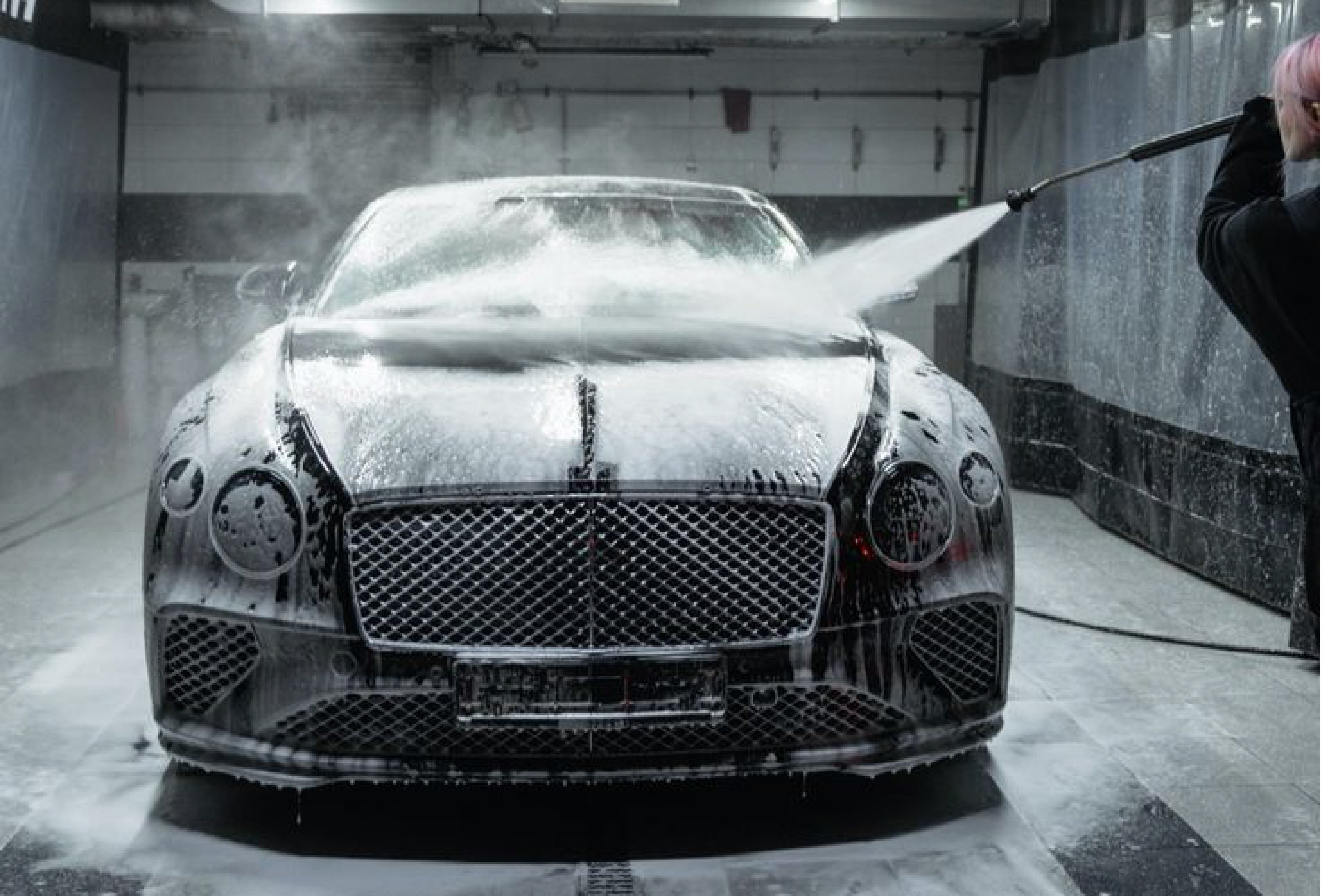
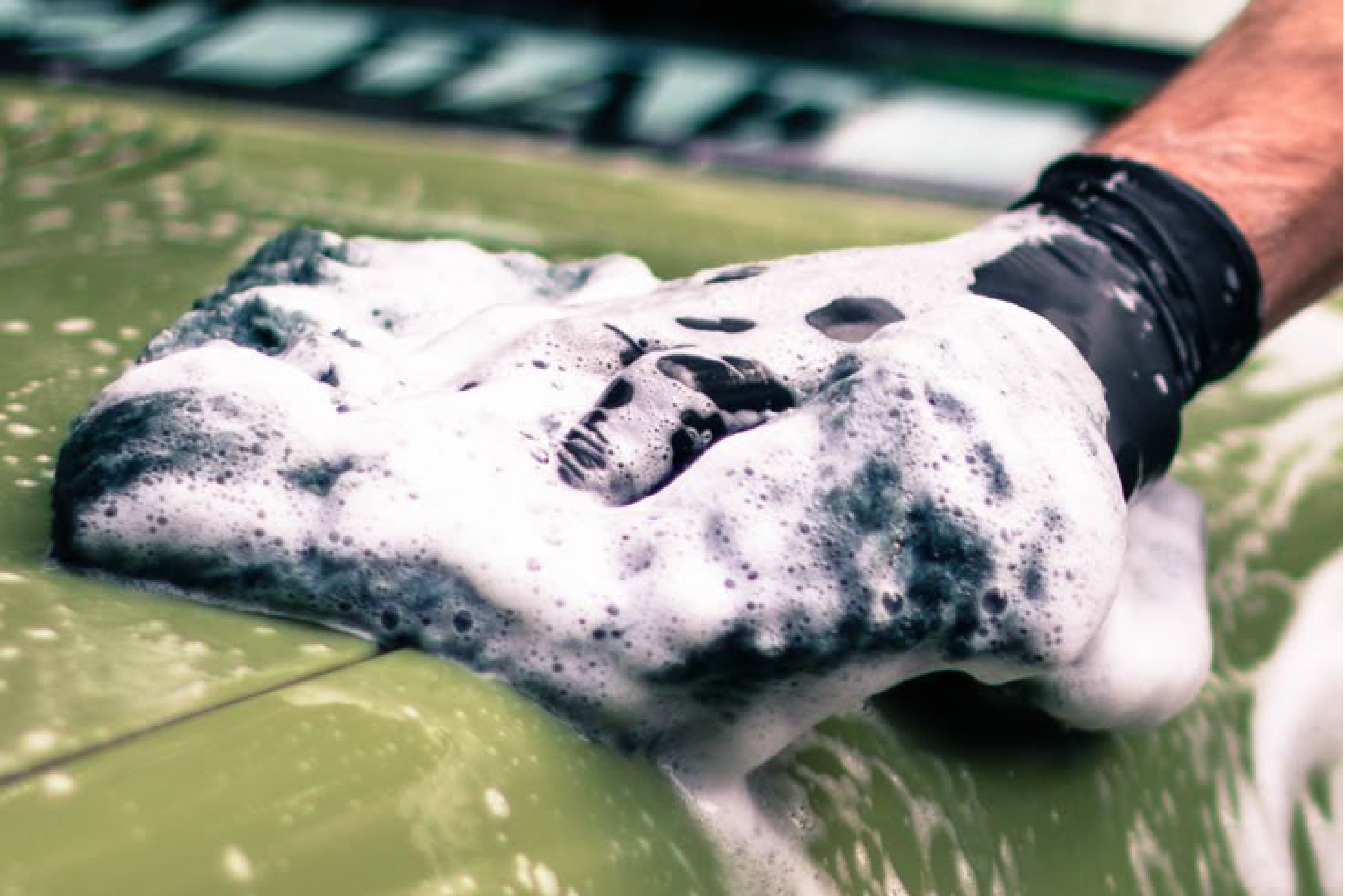
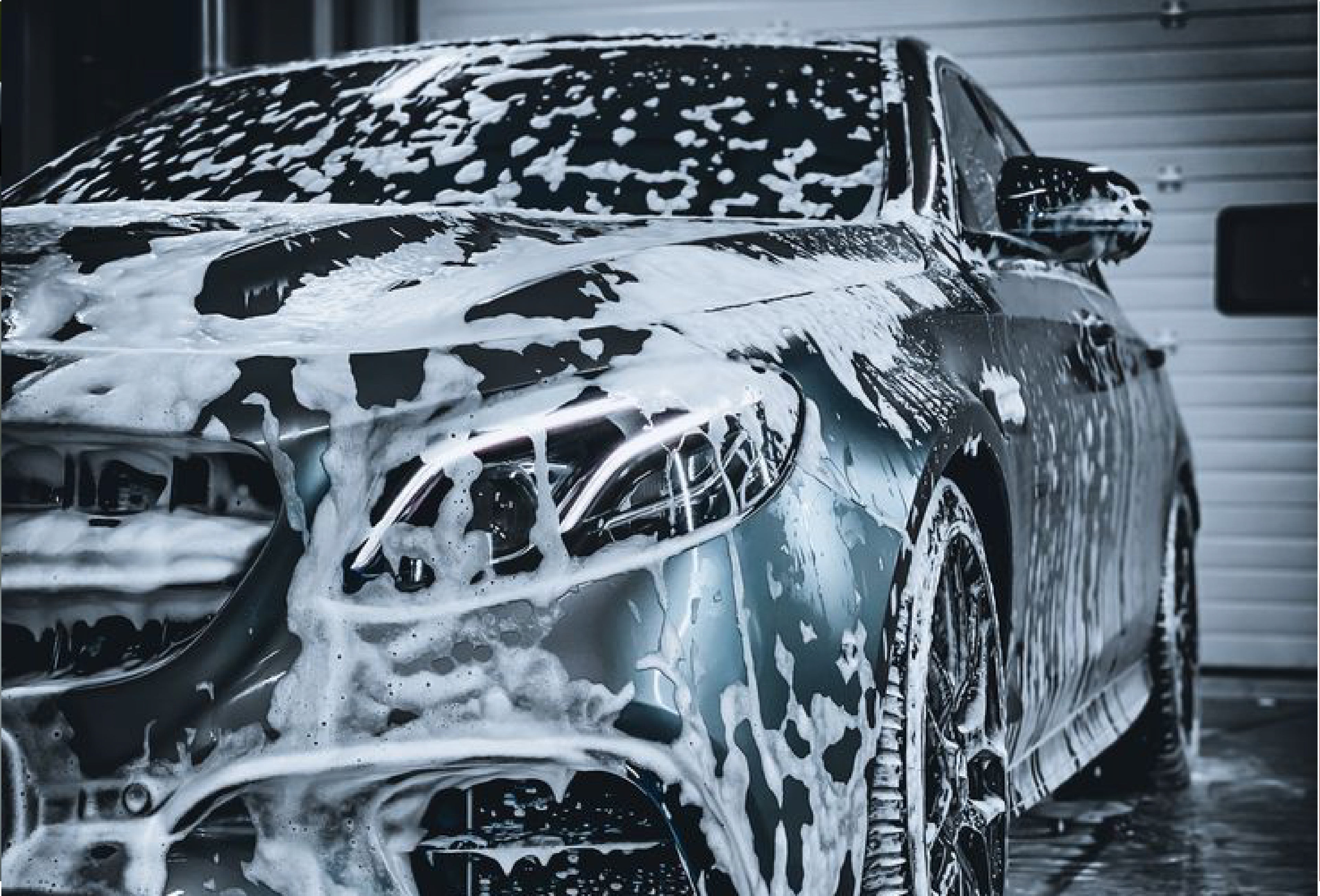
To make the most of your pressure washing experience, here are some additional tips to keep in mind:• Work in Sections: If you’re cleaning large areas, like your driveway or house exterior, break the task into smaller sections. This will ensure that you give each part adequate attention and avoid missing spots.• Angle the Spray Properly: Always angle the spray at a 45-degree angle to avoid pushing dirt deeper into surfaces.• Don’t Forget the Edges: When pressure washing, be sure to clean the edges and corners of surfaces, where dirt often accumulates.• Regular Maintenance: Pressure washers require regular maintenance to keep them running smoothly. Clean the nozzles, check the hoses for leaks, and keep the machine in good condition to prolong its life.
1. Types of Surfaces and How to Clean Them
Pressure Washing for Different Surfaces:
1. Concrete & Driveways:
- Use high pressure for these surfaces, but always test in a small area first to avoid marking the concrete.
- Concrete can handle high-pressure water but can also develop pits if not cleaned properly.
2. Wooden Decks and Fences:
- Lower pressure is essential for wood, as too much can damage the fibers.
- Always use a wide spray nozzle to protect the wood's surface.
3. Siding & Vinyl Surfaces:
- Vinyl siding needs moderate pressure.
- Avoid focusing on one area too long to prevent streaking.
4. Roofs:
- Use a low-pressure setting to avoid damaging roof shingles or tiles.
- Be careful not to spray water underneath shingles.
2. Pressure Washing Techniques for Common Jobs
1. How to Clean a Driveway
- Use a turbo nozzle for the best results on stubborn stains.
- Keep the nozzle moving to prevent gouging.
2. How to Clean Wooden Decks
- Set the pressure washer to medium pressure and use a fan nozzle.
- Move slowly across the deck, allowing the pressure to do the work.
3. How to Clean Fences
- Wooden fences require a delicate approach. Set the pressure lower than usual and work in sections.
-For vinyl fences, higher pressure can be used.
3.How to Avoid Common Pressure Washing Mistakes
1. Mistake: Using Too Much Pressure
- Avoid using excessive pressure, especially on soft or delicate materials.
- Follow the manufacturer's recommendations.
2. Mistake: Ignoring Safety
- Always ensure that you're using safety goggles, gloves, and protective gear when operating a pressure washer.
- Avoid aiming the nozzle at people, animals, or electrical components.
4. Maintaining Your Pressure Washer
1. Routine Maintenance
- Regularly clean the nozzle, inspect the hose, and check the oil levels (for gas-powered machines).
- Clean filters to prevent blockages and ensure optimum performance.
2. Winterizing Your Pressure Washer
- When not in use, winterize your machine by draining any remaining water and storing it in a dry, safe place.
5. Eco-Friendly Pressure Washing Tips
1. Use Eco-Friendly Detergents
- Select detergents that won’t harm the environment or your plants.
- Always choose biodegradable products.
2. Avoid Water Waste
- Don’t leave the pressure washer running when not in use.
- Keep water conservation in mind to reduce environmental impact.
6. The Importance of Professional Pressure Washing
1. When to Call a Professional
- If you're dealing with large commercial properties, delicate surfaces, or need high-end results, consider hiring a professional.
- Professionals have the proper equipment and experience to handle intricate tasks safely.
2. Cost of Hiring a Professional vs. DIY
- Weigh the costs of a professional service against the time and effort involved in doing it yourself.
7.The Don'ts of Pressure Washing
1. Don’t Use High Pressure on Delicate Surfaces
- Avoid using high pressure on softwoods, painted surfaces, or thin materials like window screens, as it may damage them.
- For example, high-pressure washing on vinyl siding or softwoods like pine can result in gouges or scratches.
2. Don’t Point the Wand at People or Animals
- Never aim the pressure washer directly at people, pets, or wildlife.
- The high-pressure water can cause serious injuries, even from a distance.
3. Don’t Forget to Test for Colorfastness
- Before using a pressure washer on painted or colored surfaces, test in a small area to ensure the paint won’t strip off.
4. Don’t Use Harsh Chemicals on All Surfaces
- Avoid using chlorine bleach or other harsh chemicals, as they can cause irreparable damage to certain materials like wood and some metals.
- Opt for milder or eco-friendly cleaners for wood and delicate surfaces.
5. Don’t Wash Electrical Components
- Never pressure wash electrical outlets, light fixtures, or any electrical components.
- Water can cause short circuits and permanent damage to wiring.
6. Don’t Stand Too Close to the Surface
- Maintain the recommended distance from the surface. Standing too close can leave streaks, damage surfaces, or cause the water to bounce back at you.
8. Final Thoughts: Mastering Pressure Washing
• Recap the importance of using the correct pressure, knowing the surfaces you're working with, and always practicing safety.
• Mastering pressure washing can extend the life of your property, enhance its appearance, and save time and money.
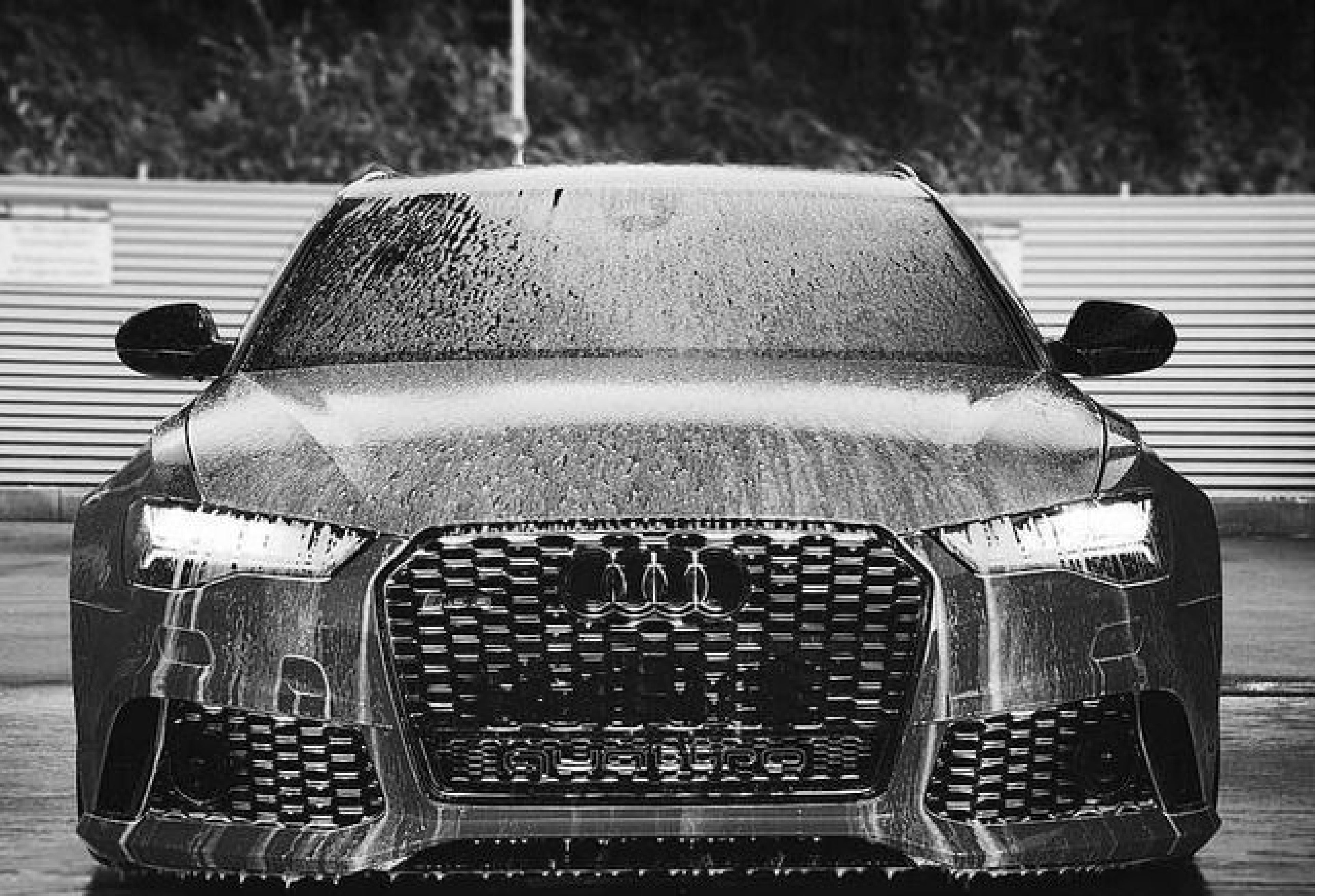
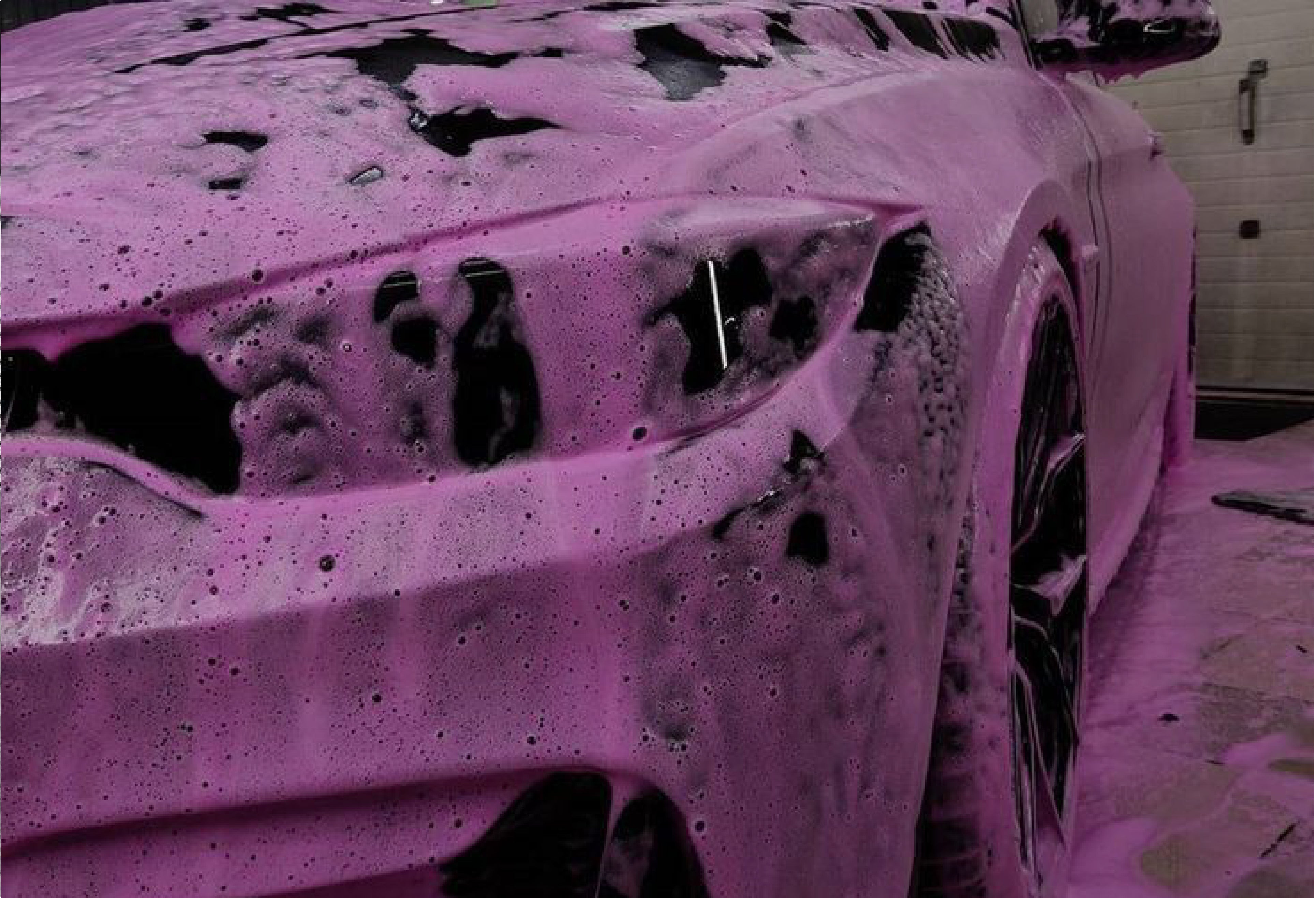
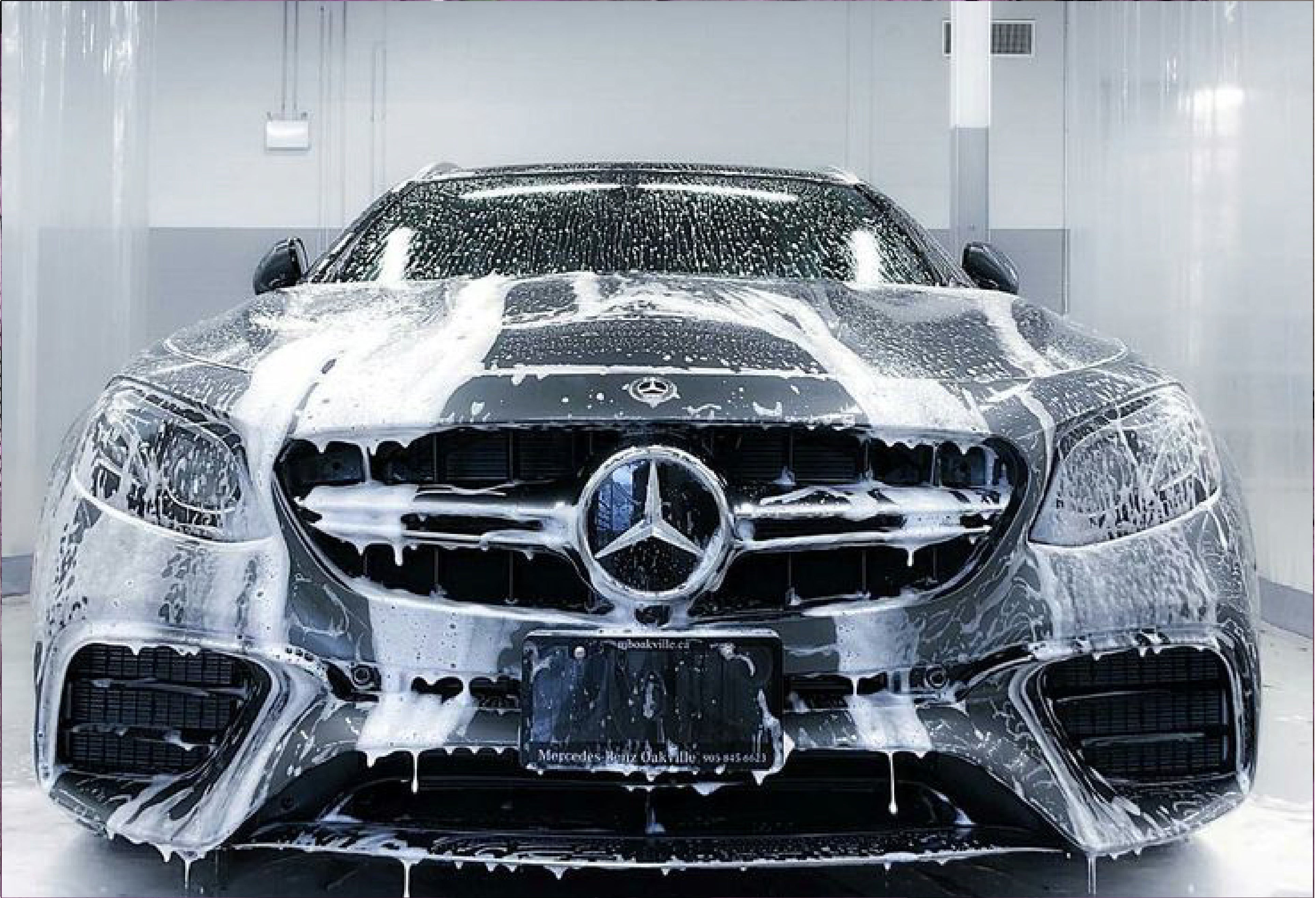
Conclusion
Pressure washing is a highly effective cleaning method, but it’s important to approach it with care. By following the dos and don’ts outlined in this guide, you’ll be able to clean your surfaces without causing damage and ensure that the equipment performs optimally. Whether you’re cleaning your driveway, your deck, or your car, remember that a little knowledge and preparation go a long way.
Blog posts
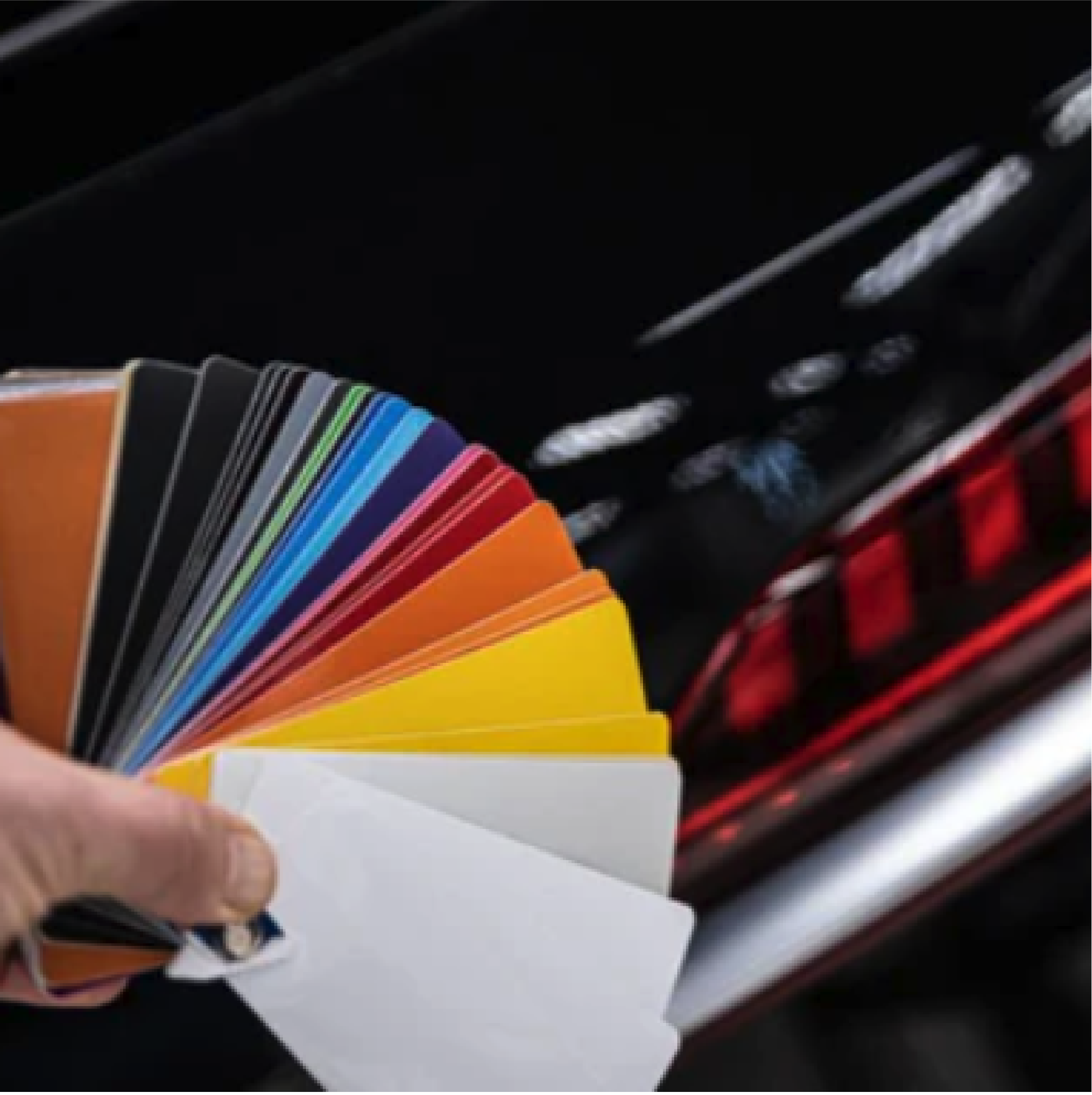
Determining the Amount of Vinyl Required to Fully Wrap Your Car
Vinyl wrapping is a technique where a thin, adhesive vinyl film is applied over a vehicle’s exterior. This film not only alters the car’s color and finish but also adds custom designs or provides a...
Read more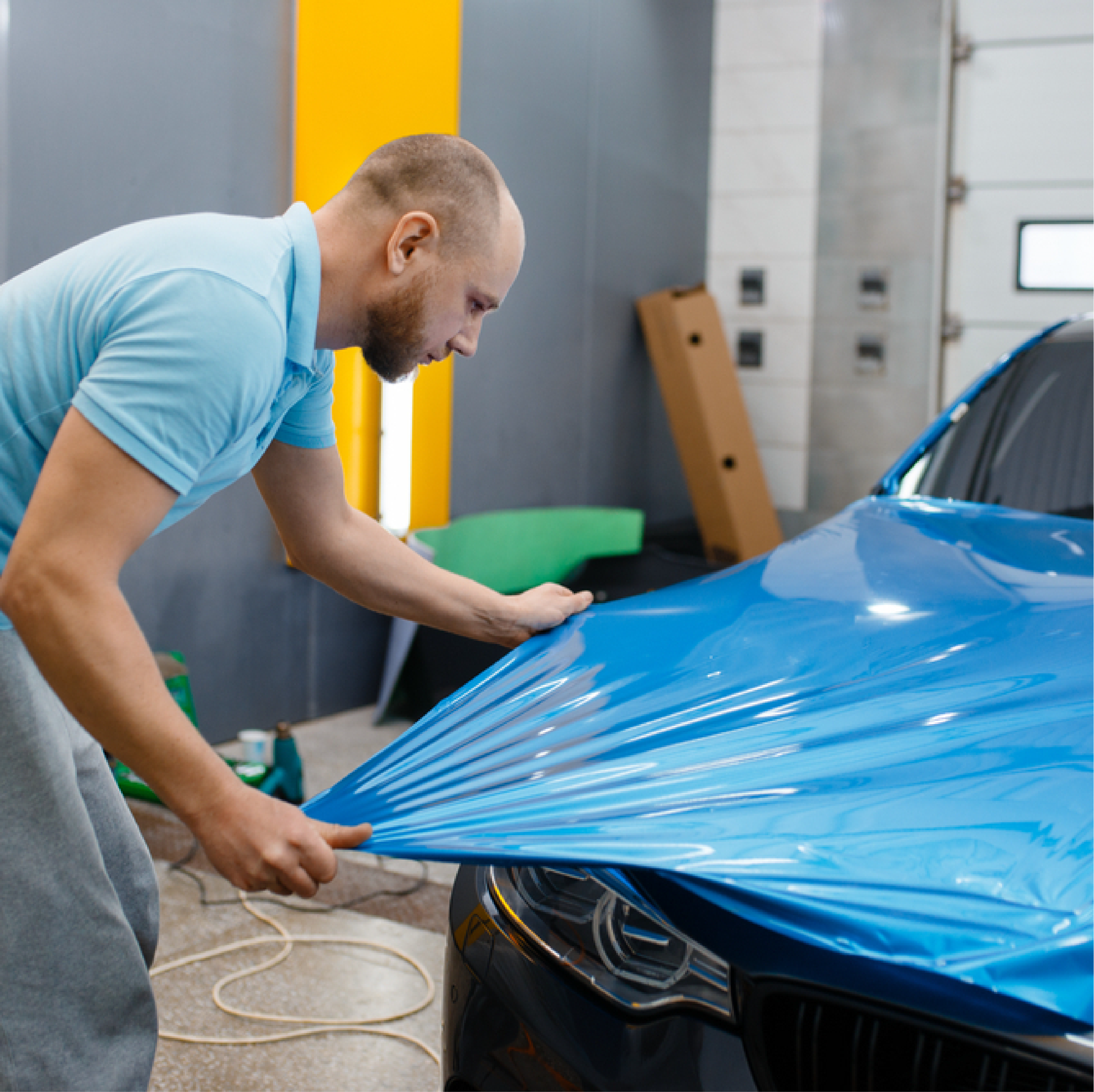
Must-Have Tools and Materials for a Successful DIY Car Wrapping
Essential Tools and Materials for DIY Car Wrapping Embarking on a DIY car wrap project requires the right tools and materials to achieve a flawless, professional finish. Car wrapping not only enha...
Read more
Exploring Satin vs. Gloss Vinyl Wrap: Understanding the Key Differences
When it comes to customizing your vehicle, vinyl wraps are one of the most popular options for giving your car a fresh and unique look. Vinyl wraps come in a variety of finishes, each with its ow...
Read more
